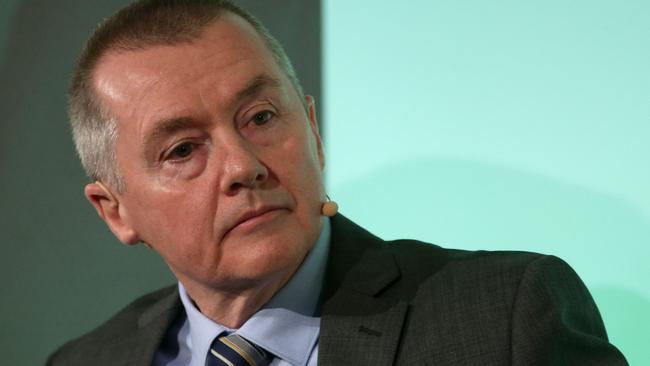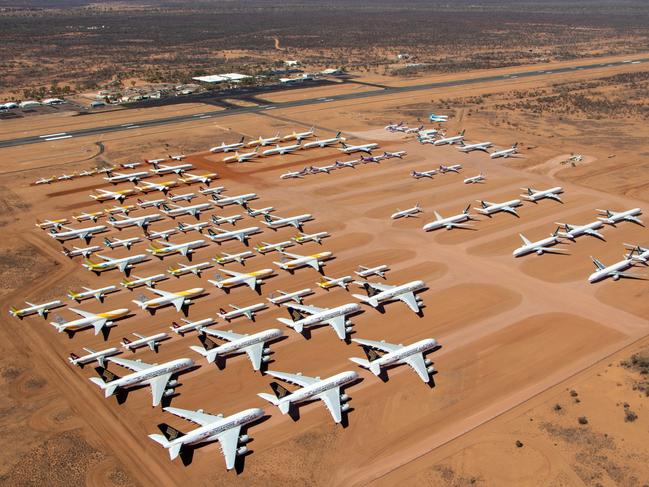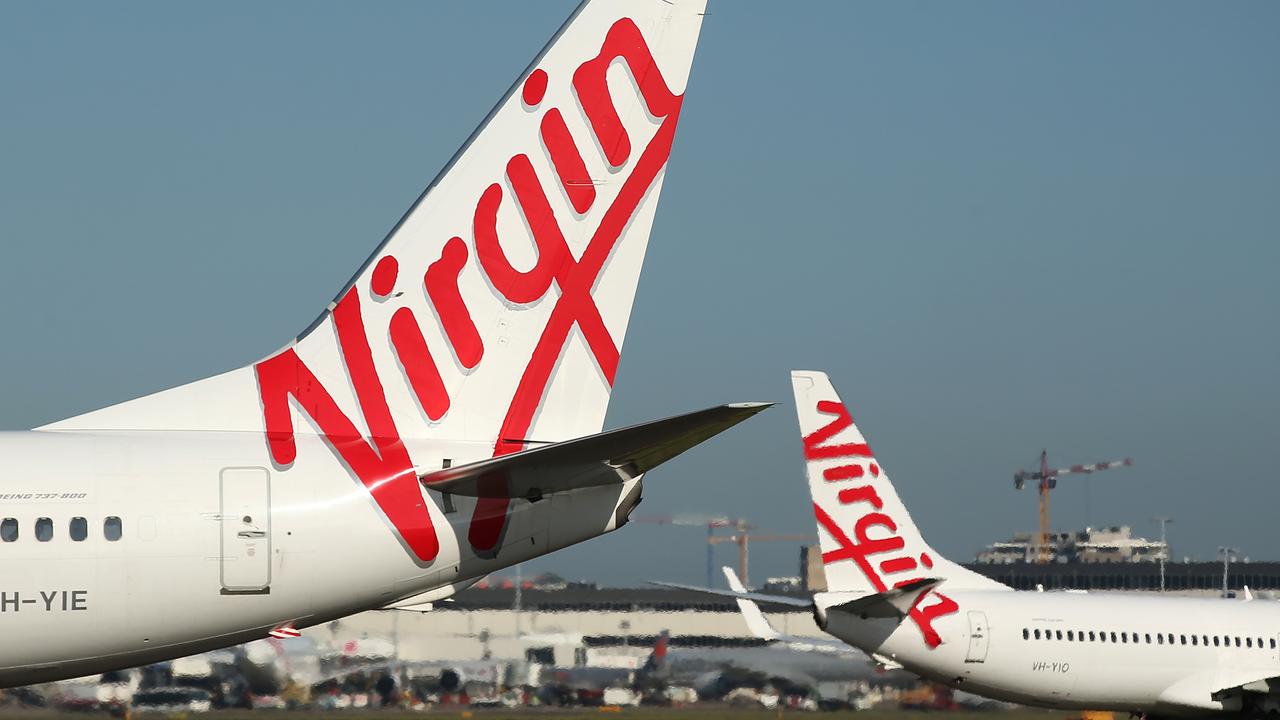$360bn in government assistance keeps airlines flying through pandemic
An extraordinary $360bn in government assistance has been given to airlines throughout the Covid pandemic, to keep the world connected.

An extraordinary $360bn in government support is to thank for keeping most of the world’s airlines operating through the most devastating crisis ever to hit the aviation industry.
Since the start of the Covid pandemic in early 2020, 86 carriers have collapsed, including British airline Flybe, Hong Kong’s Cathay Dragon, Italy’s Alitalia and Thailand’s NokScoot.
Many of the others to go out of business were small regional airlines and charter operators with fleets of fewer than 10 aircraft, some of which were in financial difficulty before Covid struck.
International Air Transport Association director general Willie Walsh said government assistance throughout the crisis was indeed significant but also “appropriate” given the role they played in the hardship experienced by airlines.
“This crisis is often described as being caused by a pandemic but to me it’s better described as a crisis caused by government action in response to the pandemic,” said Mr Walsh.
“We’ve seen from data that’s now available, many of these actions, particularly in relation to border closures, did little if anything to prevent the spread of the virus.
“In many cases we saw countries close their borders after the event, which clearly was not a sensible move because the virus was already there.”
The US government moved the fastest to support its airlines, with an eye-popping $72bn in assistance, Germany propped up Lufthansa with $14bn in support, and the Australian government distributed more than $5.3bn to airlines in subsidies, grants and payments to employees.

Mr Walsh said airlines also devised their own measures to navigate the pandemic, as passenger traffic dried up.
“When passenger traffic collapsed it wasn’t because people didn’t want to fly, but that they couldn’t because governments had closed their borders,” Mr Walsh said.
“What we saw was a lot of airlines pivoting their business from principally a passenger business to a cargo business.”
Freight normally carried in the bellies of passenger aircraft would to some extent be airlines’ “saviour” throughout the crisis, with some carriers even pulling seats out of cabins to fit more cargo onto flights.
On the ground, tougher decisions were being made around reductions in workforce and fleet, as funds were being raised to bolster increasingly fragile bottom lines.
Mr Walsh said that had left many airlines saddled with considerable debt.
“We reckon airlines took on over $200bn of additional debt which clearly will have to be repaid, and the time frame for those repayments typically averages about five years,” said Mr Walsh.
“Unfortunately as we come out of this crisis we’re facing another one now principally as a result of the higher oil price, so it’s going to be a challenge.”
He nominated Asian airlines as the most vulnerable to any further setbacks because of continuing restrictions in countries like China slowing the international travel recovery.
In 2021, international passenger traffic in Asia was at just 7 per cent of 2019 levels, and was not expected to fully recover until 2025.
“I think everybody is looking to China to see what happens next,” Mr Walsh said.
“It’s an important market for everyone and has been very slow to open the borders. We were optimistic we would see some relaxation there but the recent outbreaks have set things back.”
In the case of Air New Zealand, more than $700m in government support was critical, particularly given the country’s ultraconservative border stance.
Despite waiting longer than most for international travel to restart, with people from visa-waiver countries to be allowed to visit from May, Air New Zealand CEO Greg Foran said he never feared the airline would not make it.
“Firstly we are 52 per cent-owned by the New Zealand government and unlike a number of countries, often the only way to get from A to B is to take a plane and usually that’s an Air New Zealand plane,” said Mr Foran.
“It has been difficult but although we’ve had very little international flying, we have had for some periods of it, very strong domestic flying.”



